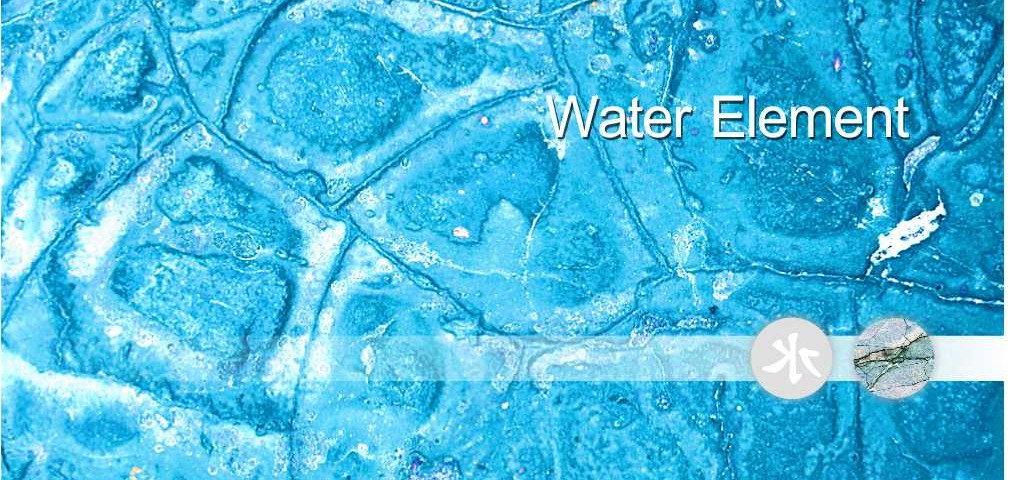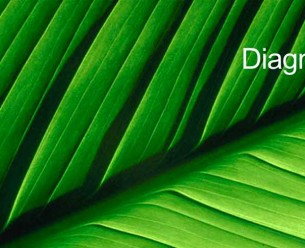Book Review – Treat Your Own Back
This book was recommended to me by a patient who claimed it had helped him resolve a long-standing, debilitating back problem. Knowing how many people suffer in this way, I thought it was definitely worth a look.
It is written by a chiropractor from New Zealand who appears to be of some renowned, according to the number of letters after his name and an impressive list of Honours, including one from the Queen.
The book is well written, clear, concise and nicely laid out.
He begins by explaining the anatomy of the lumbar spine, specifically pointing out the lumbar lordosis – the “inward curve in the small of the back just above the pelvis” 1 that is evident when we are standing upright.
He then moves on to discuss what he believes to be the cause of most lower back pain: mechanical strain caused by prolonged over extension of the ligaments and soft tissue of the lower back.
This happens whenever we bend or slouch and lose the lordosis in the lower spine. Initially the damage is minor, but gradually the tissue can become damaged or even torn, leading to more severe problems and pain. Weakening of the protective structure of the back can also lead to slipped discs and nerve pain. 2
Common causes of this over extension are poor posture, particularly whilst sitting in badly designed chairs, prolonged bending due to certain types of work, poor lifting techniques and awkward bending and lifting positions. 3
Poor standing posture can also lead to excessive lordosis and causes pain 4
Therefore, the main thrust of the advice given is to be mindful of posture at all times and to continually strive to maintain the lower lordosis. This can be encouraged by the use of a lumbar roll (or a rolled up towel) on chairs and in cars, but ideally it should become second nature.
We are told it is also important to regularly and routinely interrupt bent forward or sitting positions by standing up right and banding backwards from the waist (supporting your lower back with your hands) with five or six repetitions at a time 5
McKenzie also tells us that if your work demands that you are in a bent position for extended periods “you are more likely to sustain back problems in the first four or five hours of the day.” 6 Ideally you should aim to interrupt the stooped positions with five or six backward bends before pain starts.
Another interesting observation in the book is that lower back problems often seem to come on after vigorous activity. Often this lead people to think it was the activity that caused the problem. However, McKenzie argues that what actually happens is that we warm up and loosen our muscles with the activity, and then we go and ‘relax’ in an inappropriate position. It is this that lead to the problem and the pain. Therefore, the argument goes that after exercise you should (you guessed it!) do five or six backward bends and make sure you strictly maintain the lower lordosis. 7
The remainder of the book covers seven specific exercise that McKenzie recommends. Some of these are yoga poses and others are simple stretches. They are explained clearly with pictures. He gives detailed and specific advice on what to expect whilst following his program and on signs that indicate that the exercises are working. He also explains the symptoms that would be a cause for concern.
MacKenzie then goes on to prescribe various exercises for different stages of back problems. Some are for acute pain and others are for more prolonged use, to improve mobility by gradually extending scar tissue. He also provides a short and manageable daily preventative program.
The level of detail in the book about what to expect and look out for whist doing the exercises, the number of ‘special cases’ covered and the suggestions about how long you need to wait before you introduce the next set of exercises is very precise, and feels like it is based on a great deal of experience. Therefore, I am not going to try to summarise this for you as I feel I would be doing you a disservice.
Chinese Medicine
In Chinese Medicine the lower back is the domain of the Kidneys and so weakness in this area can indicate a deficiency in Kidney Qi. In this diagnosis the back is likely to get more painful with prolonged standing, walking or bending.
However, as the major pivot point for the body the lower back is also often wrenched or over extended which can lead to Stagnation of Qi. If this is the problem you are experiencing you are likely to be suffering with more severe pain that is particularly bad after you have been stationary for a while – for example in the morning.
In practice diagnosis it is usually not quite so simple, there are other possible causes as well as these and there is also often a combination of deficiency and stagnation – The lack of flow caused by deficiency tends to encourage stagnation and the blockage caused by stagnation leads to deficiency. In these cases the art is in working out what needs to dealt with first.
Acupuncture
Unsurprisingly, the only significant contention I have with MacKenzie is his claim that acupuncture can not “correct the underlying mechanical problem[s]” 9 present in lower back pain. Actually in my experience I have seen treatment change the alignment of backs quite significantly. Nevertheless, I would wholeheartedly agree with MacKenzie’s premise that is much better to be in charge of your own health than dependent on outside intervention if possible.
Suffice to say, I think this book makes a lot of sense and I would recommend getting hold of a copy or borrowing it from our library if you have recurrent back problems you are ready to tackle.
1 Page 5-8
2 Page 9-13
3 Page 18-23
4 Page 34
5 Page 24-28
6 Page 29
7 Page 33
8 Page 40-41
9 Page 77




